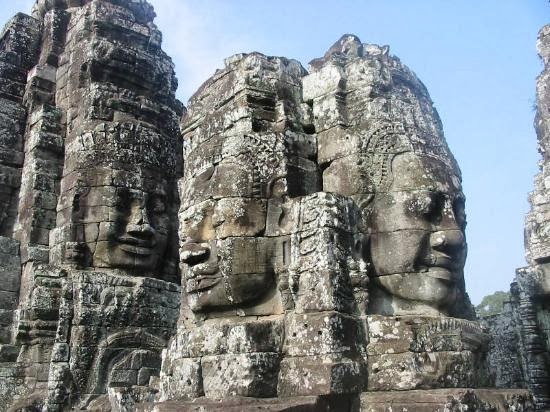Great Black Kingdoms In Early South Asia

The great classical civilizations of Southeast Asia are Angkor in Cambodia and Champa in Vietnam. Much of our knowledge of early Southeast Asia is derived from Chinese and Indian sources. The builders of Angkor were the Khmers. The Khmer men were described by the Chinese as “small and Black.” In modern times, as early as 1923, Harvard University anthropologist Roland Burrage Dixon noted that the ancient Khmers were physically “marked by distinctly short stature, dark skin, curly or even frizzly hair, broad noses and thick Negroid lips.”
THE KINGDOM OF ANGKOR
Early in the ninth century, King Jayavarman II (802-850) unified the Khmer kingdom and identified himself with the powerful Hindu deity Shiva. The Khmers of Angkor were sophisticated agriculturalists, advanced engineers, aggressive merchants and intrepid warriors. They developed a splendid irrigation system (with some canals extending forty miles in length), and created grandiose hydraulic works. The hydraulic system of Angkor was used for transportation and for rice cultivation to support a surrounding population estimated at one million people.
During the reign of King Indravarman I (877-889), for example, the vast artificial lake known as the Indratataka was completed. For the harsh purposes of war the Khmer engineers designed machines to launch fearsome arrows and hurl sharp spears at their enemies, and rode boldly into battle atop ornately outfitted elephants.